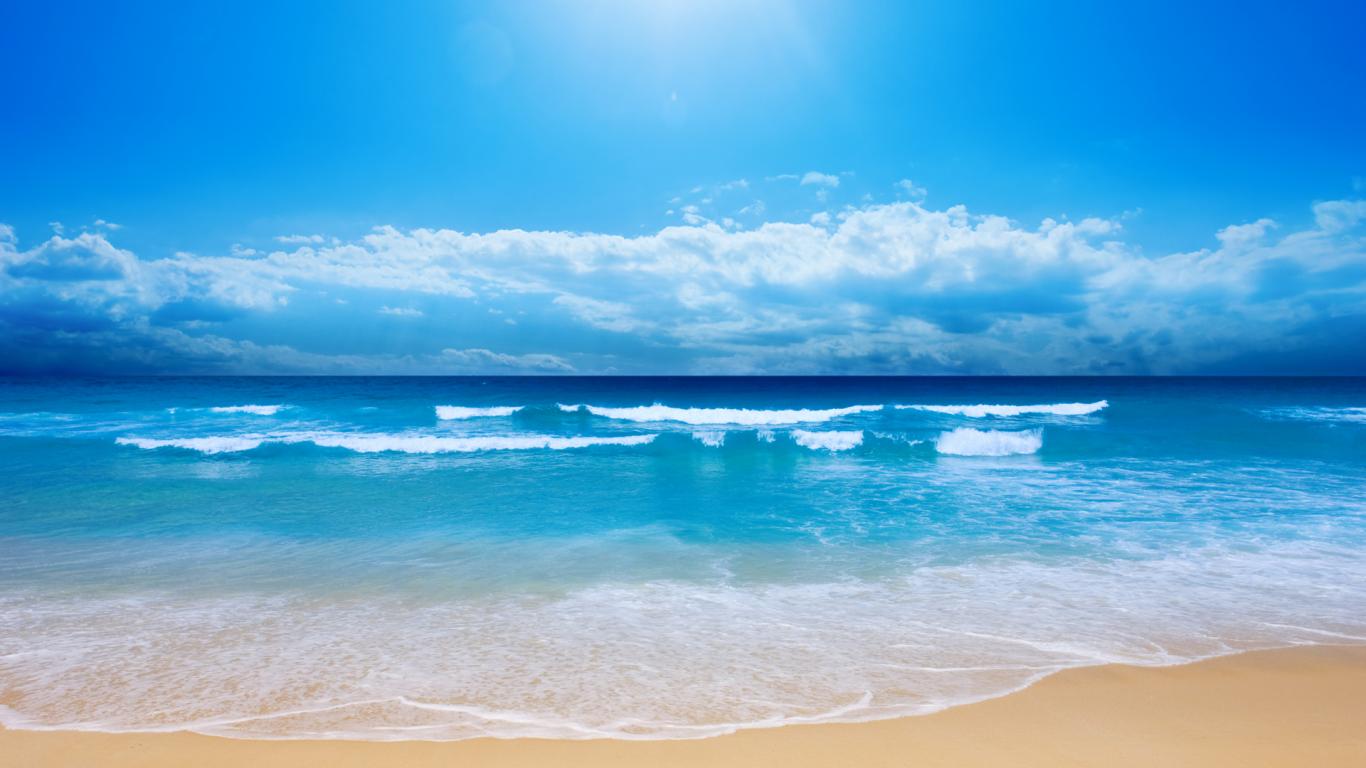BY Sophie Mbugua
A leading ocean scientist has warned that warmer climates are likely to impact harshly on maritime ecosystems and damage coastal livelihoods.
Jean-Pierre Gattuso, the director of research at the National Centre for Scientific Research at the University of Pierre-et-Marie Curie in southern France has warned that if the world continues with its business as usual attitude, ocean warming will harm marine life and directly affect natural food chains.
“Limiting global temperatures to 2.6 degrees Celsius is projected to raise the ocean temperature by 1.2 degrees but a business as usual scenario will raise the oceans temperatures by 3.2 degrees on average by 2100” warns Gattuso.
According to Gattuso, coral reefs and mangrove forests will be among the most affected marine ecosystems. Currently, about 30 percent of coral reefs are under severe pressure affecting fish reproduction.
These findings by Gattuso are likely to get the attention of East Africa’s coastal states owing to the coral bleaching threats that have been experienced in the past.
After the 1997 – 1998 El Nino in the Indian Ocean, an episode of extremely high ocean temperatures migrated from south to north throughout the Indian Ocean during the first six months of 1998 causing considerable coral reef bleaching in its wake.
Incidentally Gattusso’s work comes barely a month after the United Nations Environment Programme (UNEP) released its findings on the Western Indian Ocean coastal region. According to UNEP the coastal zone stretching from Somalia to South Africa is home to over 60 million people who are largely dependent on marine ecosystems for food and jobs. The region’s ecosystems are one of the world’s richest in terms of biodiversity, with over 2,200 species of fish and over 350 species of corals providing a wealth of goods and services to the population.
Studies conducted by the UN environment agency show that ecosystem services in the Western Indian Ocean region valued at US$25 billion annually is at risk due to high populations, urbanization, unsustainable fishing and extraction practices driving the depletion of natural resources and a decline in biodiversity in the region.
Large effects on Coral Reefs
Occupying less than one quarter of 1 percent of the marine environment, coral reefs are home to more than 25 percent of all known marine fish species.
The World Wildlife Fund (WWF) estimates that properly managed coral reefs can yield an average of 15 tons of fish and other seafood per square kilometer each year.
According to Gattuso the diminishing coral reefs will not only affect food security in coastal areas as majority of the local population depends on the fish but will also diminish the coastal protection efficiency leading to damage in coastlines around the world.
Scientists from the US National Oceanic and Atmospheric Administration (NOAA) says that about 12percent of the world’s reefs have suffered bleaching in 2015 predicting that corals occupying an area of about 12,000 square kilometers may be lost forever.
The scientists further warn that the event could continue well into 2016 with the western Atlantic about to heat up, turning the corals of the Caribbean bone white. When this occurs, bleaching will have hit every tropical ocean basin on Earth since June last year. Earlier in the year a similar recurrence of bleaching was expected along the western Indian Ocean seaboard. This prompted coral reef resilience experts from the region led by Dr. David Obura of the Mombasa-based Coastal Oceans Research and Development in the Indian Ocean (CORDIO) to increase coral reef monitoring across the western Indian Ocean region.
A further forecast warns that a total of 15,000 square kilometers of reef may not recover and losses to the world’s remaining coral reefs would be a devastating 6percent.
Coral reefs, which are defined as the “rainforests of the oceans” support a variety of sea life and provide resources of significant economic importance such as fishing and recreation. Scientists warn that if the corals do not recover, they will no longer be able to provide a safe nursery for fish or provide shelter for lobsters, crabs, and shellfish.
“Coral reefs form a barrier on the coastal line protecting land from the destructive action of coastal storms and cyclones as they break the wave before it goes to the coast” Gattuso explains
According to estimates by the World Resources Institute (WRI) the destruction of a single kilometer square of coral reef costs between US$137,000 to $1,2million over a 25-year period in total damages on the coastal ecosystems.
Over the years, warmer water temperatures have resulted to coral bleaching globally. Bleaching happens when corals expel the green algae living in their tissues causing the coral to turn completely white subjecting them to more stress and mortality.
“With extreme temperatures, bleaching events will be more frequent with higher carbon emission scenarios affecting tourism as corals lose their color as a result” Gattuso added.















